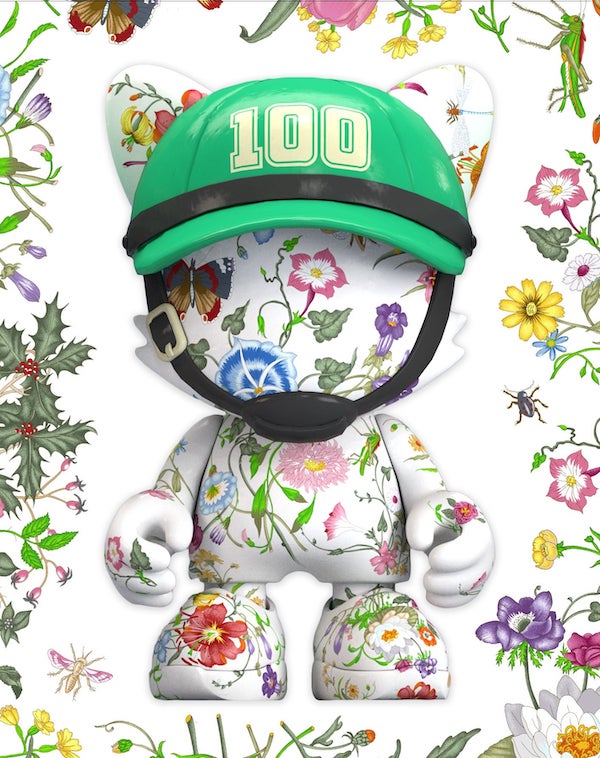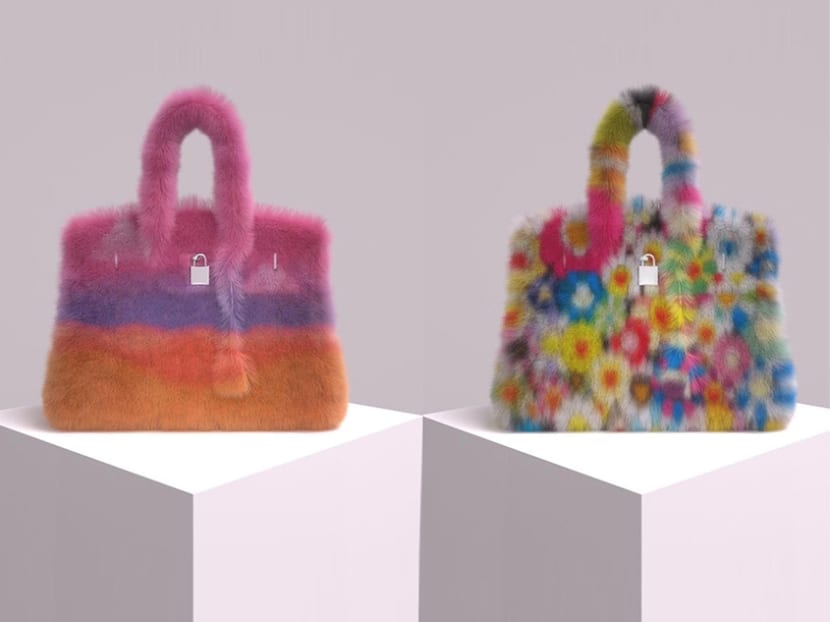In today’s edition of what’s buzzing in our alternate reality, aka the metaverse, a new report published by Global Industry Analyst Inc., (GIA) a market research company, has revealed that the global market for the metaverse, currently estimated at 194.4 billion dollars, is projected to reach 758.6 billion dollars by 2026.
And luxury brands are taking note
Earlier this year, Gucci announced that it would be opening an experimental online space with NFTs in the metaverse. Aptly named the Vault, the virtual store currently lists the Edition #1: Discovery collection. It includes vintage designs from as far back as the 60s, and a set of 10 NFTs with global entertainment brand, SUPERPLASTIC.

Named Supergucci, this collection, the first of a 3-part series, features SUPERPLASTIC’s characters clad in different “classic” Gucci patterns as well as an accompanying 8-inch ceramic sculpture designed by both brands and handmade by Gucci’s ceramicists in Italy.
Gucci has also bought a virtual land in the Sandbox where it is currently expanding the Vault. And yet, it is not the only one. Other luxury brands already in the metaverse creating virtual collections while cashing out include Burberry, Balenciaga, and, Dolce&Gabbana.
Some others have not figured it out yet
Birkins are wildly popular in the real world, but getting one is almost as difficult as finding a pin in a haystack. The scarcity extended to the metaverse, that is, until the advent of the MetaBirkins by artist Mason Rothschild, who has already earned about US$790,000 in cryptocurrency from the sales on a marketplace called Open Sea.

Its parent company, Hermès, is currently embroiled in a lawsuit with Rothschild who has insisted that he is well within his rights to recreate Birkins in art form and has refused to stop even after a cease-and-desist from the French brand in December 2021.
Investing in the metaverse through luxury brands
There is still a healthy dose of scepticism in relation to the viability of the metaverse which is understandable. However, if cryptocurrency has taught us anything, it is that it may not be entirely wise to ignore current technologies that have the possibility of a vibrant, successful future.
Buying a piece of land in the metaverse may be too much of an investment for everybody, but what about owning luxury virtual products? Since the onset of the pandemic, luxury goods like Birkins, Rolexes and Vintage wines have performed relatively well on the secondary market. Perhaps they can offer the same kind of secondary value in the metaverse?
We can only speculate for now, but if the predictions about the future value of the metaverse are anything to go by, now is the best time to start investing. And maybe purchasing a number of luxury goods virtually is a safe place to start.
